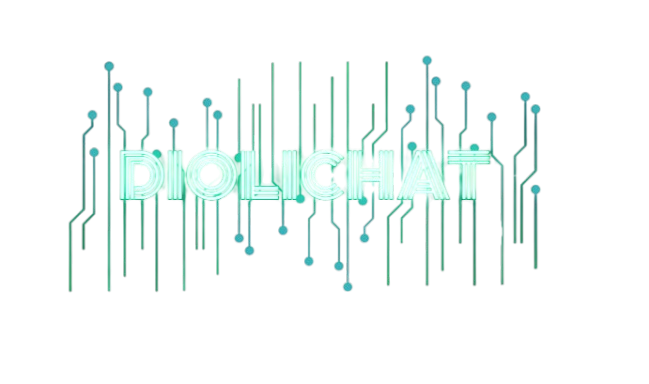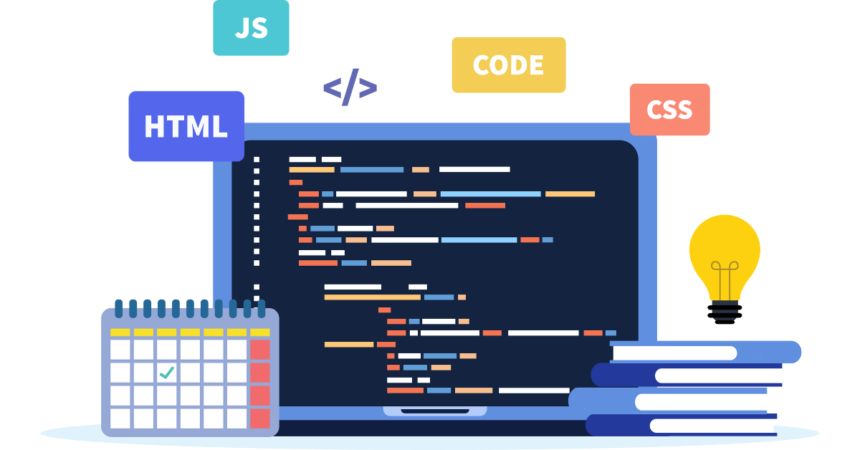Web development is a rapidly growing field that offers numerous opportunities for those interested in creating websites, web applications, and improving the overall digital experience. Whether you’re looking to build a personal website, start a business, or dive into the world of tech, understanding the basics of web development is crucial.
In this comprehensive guide, we’ll cover everything you need to know to get started, from basic concepts to advanced techniques, and how you can successfully navigate the path to becoming a web developer.
What is Web Development?
Web development refers to the process of building and maintaining websites and web applications. It involves various tasks, from designing the user interface (UI) to programming the backend that powers the website. It also encompasses other aspects such as web security, server management, and ensuring the website is responsive and performs well across devices.
In simple terms, web development is the technical side of building websites, while web design typically refers to the aesthetic and functional aspects of how the website looks.
The Key Components of Web Development
Web development is usually divided into three primary areas: front-end development, back-end development, and full-stack development.
1. Front-End Development
Front-end development, also known as client-side development, deals with everything that users interact with directly. This includes the layout, design, and content that appear in the browser. The goal of front-end development is to create an intuitive, engaging, and user-friendly experience.
Common tools and technologies for front-end development include:
- HTML (HyperText Markup Language): The basic building block of web pages, HTML is used to structure content.
- CSS (Cascading Style Sheets): CSS is used to style the HTML content and define how the website looks (e.g., colors, fonts, layout).
- JavaScript: JavaScript is a programming language that allows for interactive elements on the page, such as forms, sliders, and dynamic content updates.
2. Back-End Development
Back-end development, or server-side development, involves everything that happens behind the scenes. This is where the business logic, databases, and server configurations come into play. A well-developed back-end ensures the website functions efficiently, manages user data, and provides a smooth user experience.
Common tools and technologies for back-end development include:
- Programming Languages: Python, Java, Ruby, PHP, Node.js, and more.
- Databases: MySQL, MongoDB, PostgreSQL, and others store and manage data.
- Web Servers: Apache, Nginx, and others manage web traffic and ensure the server can handle incoming requests.
- APIs (Application Programming Interfaces): APIs allow different software systems to communicate with each other and are commonly used to fetch data for websites and applications.
3. Full-Stack Development
Full-stack development refers to the combination of both front-end and back-end development. Full-stack developers are skilled in both client-side and server-side technologies, and they have the ability to create an entire web application from start to finish.
If you choose to pursue full-stack development, you will need to learn both front-end and back-end technologies, which can make you a versatile developer with the ability to work on all aspects of web development.
The Development Process: From Concept to Launch
Creating a website or web application is more than just writing code; it’s a structured process that includes planning, designing, development, testing, and deployment.
1. Planning and Research
Before you start building anything, it’s essential to define the website’s purpose and goals. Do you want to create an e-commerce platform, a blog, or a social network? Understanding your target audience, what features your website needs, and the overall user experience will guide the entire development process.
2. Designing the Website
Once the planning phase is complete, the next step is to design the website. This is where the front-end developers and web designers come into play. They work together to create wireframes, mockups, and prototypes that represent how the website will look and feel.
Design tools like Adobe XD, Sketch, and Figma are commonly used to create these visual representations.
3. Development
After finalizing the design, it’s time for developers to start building the website. This phase involves writing the HTML, CSS, and JavaScript code for the front-end, as well as configuring the back-end technologies, APIs, and databases. The development team may also implement content management systems (CMS) like WordPress or Drupal if the website requires easy-to-use interfaces for content creation.
4. Testing
Before launching, it’s important to test the website thoroughly. This includes checking for bugs, testing the responsiveness across different devices, ensuring compatibility with multiple browsers, and validating forms and user interactions. Testing tools like Selenium, Jest, and Chrome Developer Tools can help streamline this process.
5. Launch and Maintenance
After testing, the website is ready for deployment. The launch phase involves uploading the website to a server, configuring domain names, and ensuring everything works smoothly in the live environment.
But the work doesn’t stop there. Ongoing maintenance, including regular updates, security patches, and performance optimization, is crucial to keep the website secure, fast, and relevant.
Key Skills and Tools for Aspiring Web Developers

If you want to become a successful web developer, there are several essential skills and tools that you’ll need to learn.
Essential Web Development Skills
- Problem-Solving: The ability to think logically and break down complex issues into smaller, manageable problems is vital for coding.
- Attention to Detail: Web developers must have strong attention to detail, ensuring that code is error-free and that the website performs well.
- Time Management: Managing deadlines, especially when working on multiple projects, is essential for productivity.
- Continuous Learning: Web development is an ever-evolving field, so staying updated with the latest trends, tools, and best practices is crucial.
Popular Tools for Web Developers
- Code Editors: Visual Studio Code, Sublime Text, and Atom are some of the most popular code editors for writing HTML, CSS, and JavaScript.
- Version Control: Git and GitHub allow developers to track changes in their code and collaborate with others.
- Frameworks and Libraries: React, Angular, Vue.js, Django, and Ruby on Rails are frameworks that speed up development by providing pre-built functionality.
- Task Runners and Build Tools: Tools like Webpack, Gulp, and Grunt help automate repetitive tasks such as minifying code and optimizing images.
Career Opportunities in Web Development
Web development is a field with vast career opportunities. Whether you choose to work as a front-end developer, back-end developer, full-stack developer, or specialize in a particular area like UX/UI design, there are countless job roles and career paths to explore.
Freelance Web Development
Many web developers choose to work as freelancers, offering their services to clients who need websites or web applications. Freelancing allows for flexibility and independence, but it also requires strong communication skills, self-discipline, and the ability to manage client relationships.
Working for a Tech Company
Large tech companies, startups, and agencies often hire web developers for full-time roles. Working for a company provides job stability, access to a team of experts, and the chance to work on large-scale projects.
Remote Web Development
With the rise of remote work, many web developers have the opportunity to work from home or anywhere in the world. Remote positions offer flexibility, but they also require excellent communication skills and the ability to manage tasks independently.
Web development
Web development is an exciting and rewarding field, offering endless possibilities for those who are passionate about technology and problem-solving. By understanding the basics of web development, gaining the right skills, and using the right tools, you can create amazing websites and applications that make a difference in the digital world.
Whether you want to pursue a career in web development, build your own website, or simply learn more about the field, this beginner’s guide provides a solid foundation to help you get started. Keep learning, stay curious, and enjoy the journey into web development!

